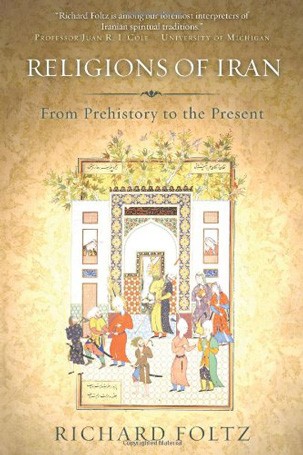Iranians, who originated as one of the Indo-European tribes in prehistoric times, share much of their mythology with the Greeks, Romans, Norse and Hindus. From this common past emerged the uniquely Iranian religion of Zoroastrianism; many of its central tenets were later integrated into Judaism, Buddhism, Christianity and Islam.
“That sense of cosmopolitanism continues for today’s Iranians — especially those in the educated urban classes, who demonstrate a powerful tendency towards spiritual eclecticism,” says Foltz.
Foltz has found that significant numbers of Iranian Muslims supplement their spiritual lives with a range of beliefs and practices, many of which are drawn from contemporary “new-age" sources.
“At the same time, officially speaking, religion continues to be a loaded subject in Iran,” Foltz says. “The political climate is filled with contradictions and paradoxes. From one day to the next, it can be hard to know which discussions are acceptable and which aren’t.”
After a visit in January, Foltz doubts the country’s political reality will change any time soon. “But given that spirituality is clearly so deeply entrenched in the Iranian psyche, it is only natural that many Iranians will continue to pursue their curiosity about the world's various faiths in the spirit of objectivity and respect. “
The University of Chicago Divinity School is currently featuring Religions of Iran in an online forum for thought-provoking discussion on the relationship between religious scholarship and culture and public life. This month, a number of top scholars in the field have been invited to comment on Foltz’s research. Join the conversation.



 Religions of Iran: From Prehistory to the Present highlights links between civilizations in Iran, the Middle East, Europe and Asia. | Image courtesy of Oneworld Publications
Religions of Iran: From Prehistory to the Present highlights links between civilizations in Iran, the Middle East, Europe and Asia. | Image courtesy of Oneworld Publications